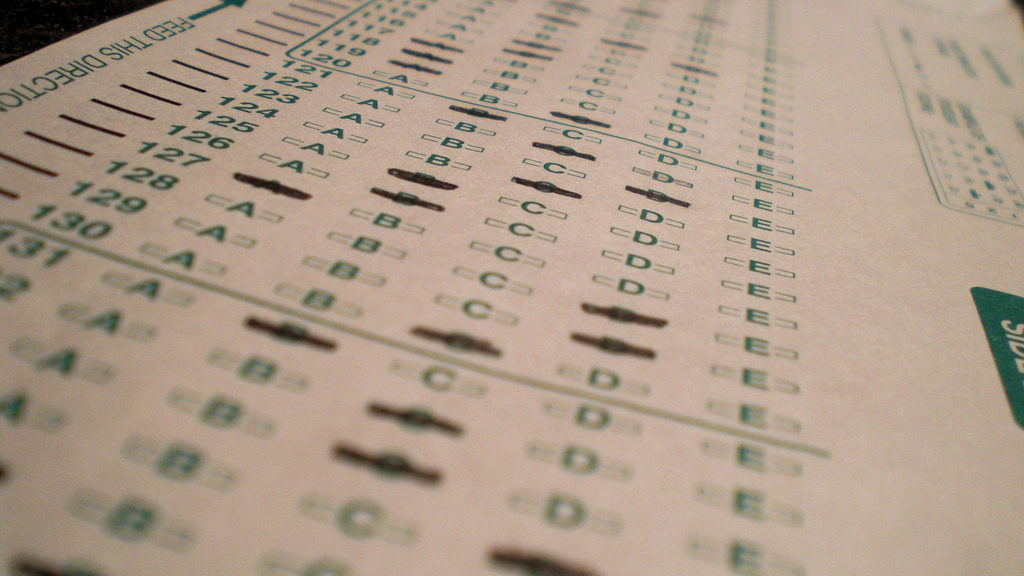
Tennessee education officials have spent the week on an apology tour across the state. They say they should have been more upfront about a tweak to this year’s grading method for standardized tests. The hubbub over so-called “quick scores” reveals how complicated standardized testing can get.
Rutherford County third grade teacher Sandra Muggu was high-fiving her students at the end of school as she handed out grades. A 92 was the lowest in her class. Then she learned her kids were given an artificial boost and when the final scores come out later this summer for the purposes of judging school and teacher performance, they won’t look quite as good.
“What do we do? We just have to accept what they’re saying and doing right now,” Muggu says. “But I really wish parents would call in and say, ‘this isn’t right.'”
State education officials say the only thing that’s not right is how they communicated in advance.
These
“quick scores” were only developed so the test results could be included in a students’ final grade, which is required by state law. Scores on the
TCAP, as it’s known, don’t translate well to a traditional report card. For instance, on a percentage basis, a 72 is considered proficient on the test, but it’s close to a failing grade in many schools.
Spokesperson Ashley Ball says the education department strives for transparency.
“We want to share as much information as we can about these assessments and about these calculations,” she says. “That’s why we’ve got the integral scaling methodology and the cube root methodology up on the website for everyone to see.”
But even after looking at those equations, many are still confused.
What good is transparency if people don’t understand what they’re looking at?
“Good question,” Ball says. “But I think we all agree we can do a better job of communicating what this stuff means.”


